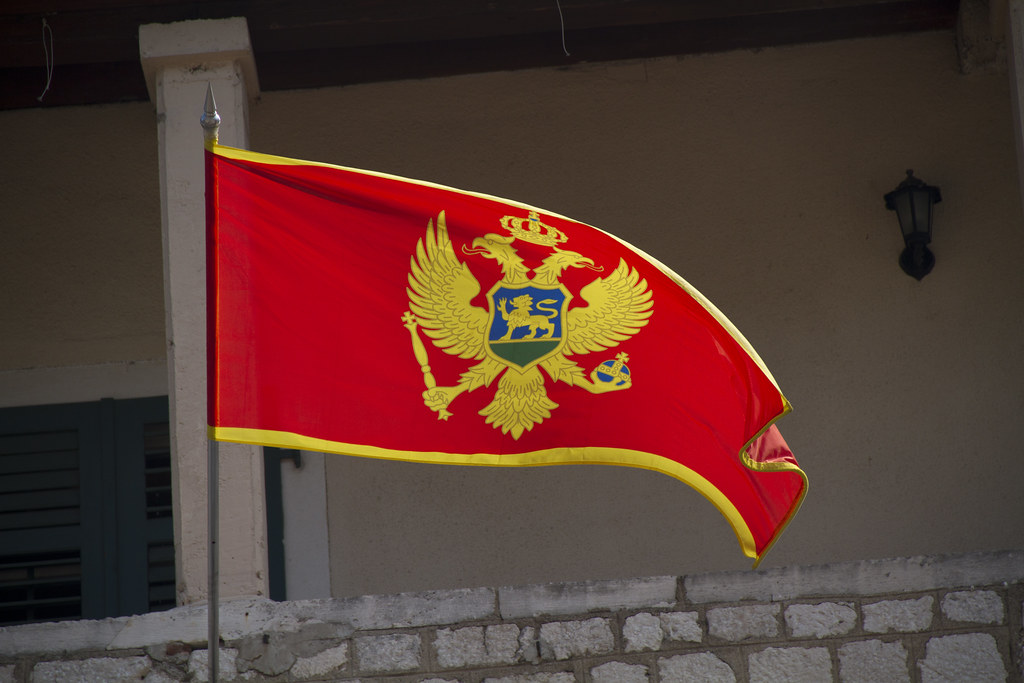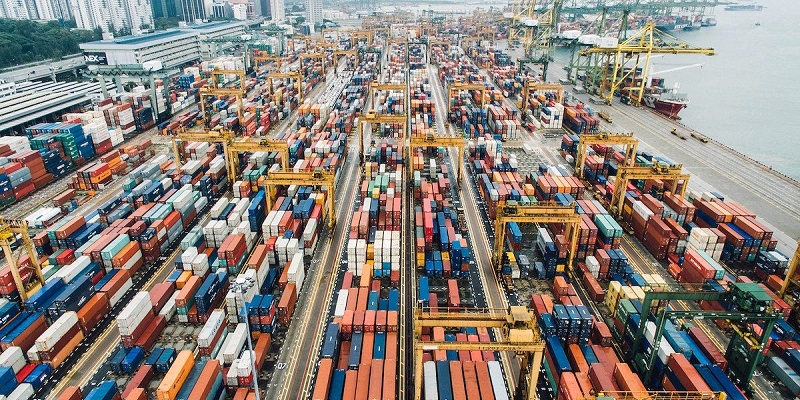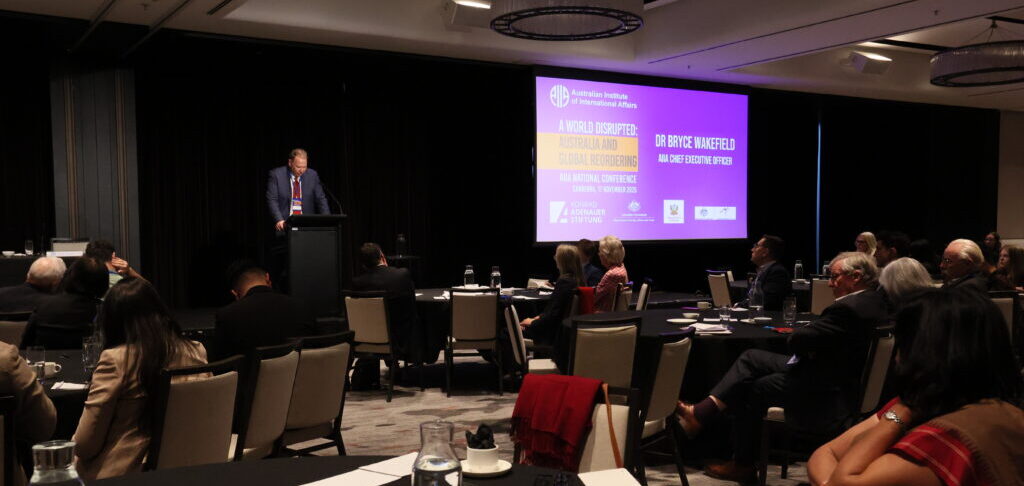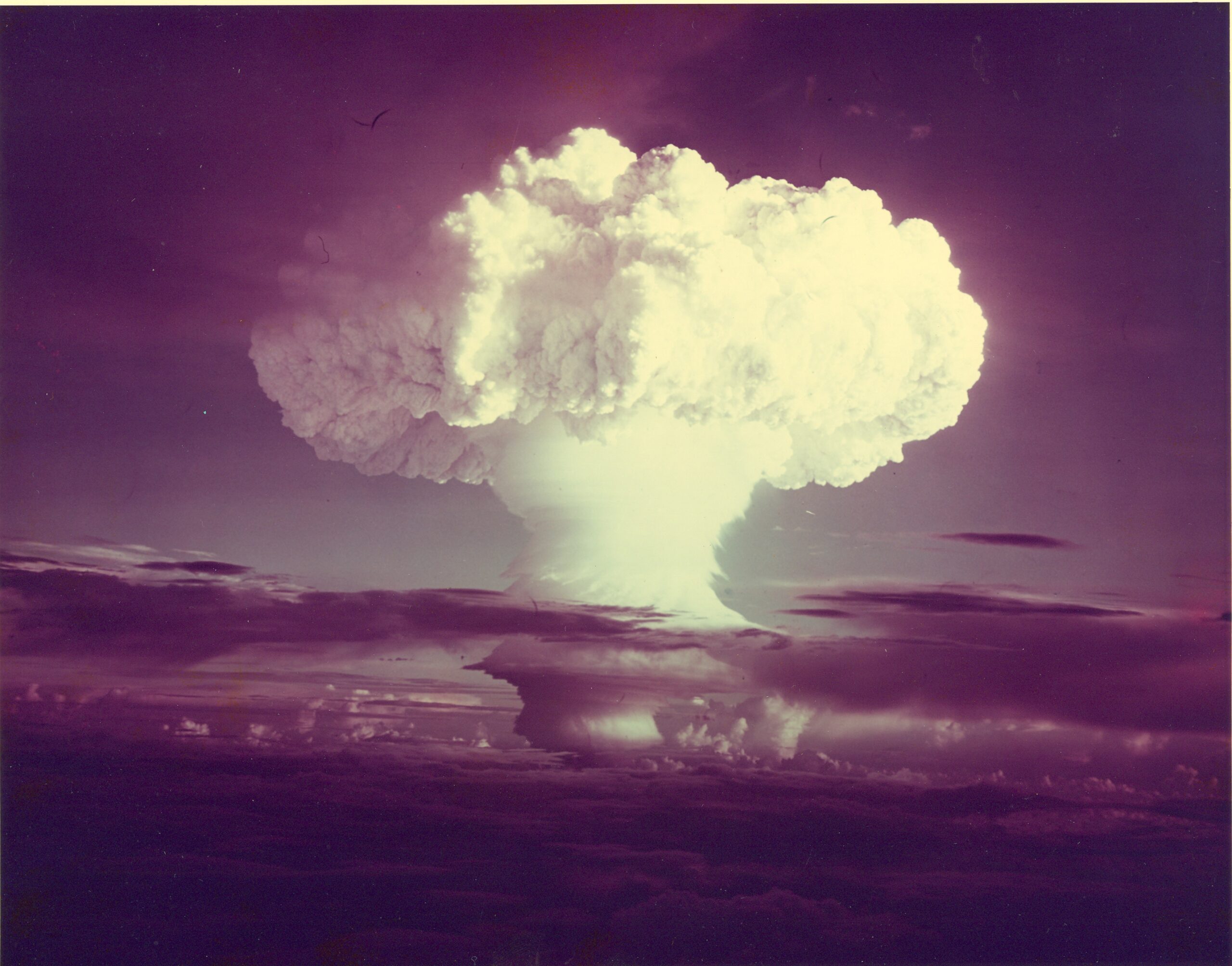As a perilous ceasefire hangs between India and Pakistan, Kashmiris are being caught in the political crossfire. Without a guarantee of long-lasting stability, civilians will bear the brunt of the conflict.
Earlier last week, India launched a series of missile strikes against targets in Pakistan and Pakistan Administered Kashmir (PAK) as part of “Operation Sindoor.” This joint operation by the Indian Army and Air Force was a retaliatory measure for the deadly 22 April attack in Pahalgam, a popular tourist destination in Indian Administered Kashmir (IAK), where 26 people were killed. India claimed that The Resistant Front were responsible for the attack, a sub-group of a wider Islamist militant organisation Lashkar-e-Taiba (LeT). India also claimed that the group were linked to Pakistan and supported by Pakistan. This provided justification for the missile attack and it is not the first time that an occurrence like this has happened over Kashmir. As the focus remains on the fragile ceasefire between the two nuclear powers and whether or not tensions will once again escalate, one critical question remains overlooked: What about the Kashmiris?
Renewed flashpoint
India and Pakistan share a 3,323km border and lodged in between the two countries is Kashmir—a territory claimed in its entirety by both, and divided by the Line of Control (LoC). The LoC was formed in 1972 after the Simla Agreement was signed between India and Pakistan. This line separates Indian administered Kashmir (population of around 13 million people) from Pakistan administered Kashmir (population of around four million people). It is not a legally recognised international boundary, but it is a de facto border that separates Kashmir and known widely as the “ceasefire line.” Initially, the Pakistan information minister said that India had resorted to aggression without any evidence against Pakistan in the attack. Pakistan offered an investigation into the events of 22 April, but instead India has conducted the missile strikes. The latest escalation reports indicate that India has targeted locations such as Karachi, Lahore, and Rawalpindi. Simultaneously, Pakistan claimed to have shot down five Indian air force fighter jets. Explosions have also been reported near Srinagar (the summer capital of IAK) over the weekend, as well as drone strikes reported in Jammu (IAK). Since the strikes, there has been an increase in escalation between the two nuclear powers. In addition to the drone strikes that both sides are believed to have engaged in, there has also been cross-border fighting along the LoC. A ceasefire was announced and appears to be holding, but both sides have accused each other of violations.
International reaction
The UN Secretary-General António Guterres called for restraint between India and Pakistan because “the world cannot afford a military confrontation” at this time. The UAE foreign minister called on both countries to “de-escalate tensions.” China, the closest neighbour to the situation, called for restraint. Unsurprisingly, Israel supported India’s right to defend itself. US President Donald Trump declared the rising tensions a “shame” and expressed hopes for the clashes to end “very quickly.” Trump then provided mediation for the two countries to reach a ceasefire agreement. Although this was a positive outcome, it seems global powers are more interested in who is supplying weapons, who has the strongest military capabilities, which countries will side with Pakistan or India, and if nuclear weapons will be used. Viewing the situation through the lens of a geopolitical arms race falls into a very traditional understanding of International Relations. What is lost in this focus are the Kashmir civilians who pay the highest price.
Life in Kashmir
My PhD research focused on IAK, but there is no doubt that this conflict will impact both sides of the LoC. On the Indian side, Prime Minister Narendra Modi claimed that he had restored democracy and normalcy in Kashmir due to his Government’s decision to revoke Article 370 back in 2019. Article 370 provided Kashmir with special status and allowed for autonomy of internal administration. However, encouraging an influx of tourism into an area that is heavily militarised has proven to be a grave mistake. The high levels of militarisation did not subside after the revocation and Kashmiris still suffered from human rights abuses on behalf of Indian security forces. There are also claims that Kashmiris on the Indian side are experiencing settler colonialism through policies enacted by the BJP government restricting civil liberties, encouraging demographic change, land grabbing, promoting Hindutva ideology, increased tourism, and more.
Following the 22 April attack, Indian security forces conducted additional Cordon and Search Operations that have allegedly violated human rights, as well as undertaken house demolitions of suspected terrorists. At least 1,900 Kashmiris have been detained so far and there has been an increase in curfews and social media surveillance.
Fighting across the LoC is not just a threat to the security forces on both sides, but to the civilians who will now be displaced due to the escalation. Reports suggest at least 16 civilians, including women and children, were killed in cross border shelling in IAK. One account said “this was a night of grief and terror.” Poonch, a village in IAK, appears to be the worst affected village so far. Reports said the shelling from Pakistan continued for hours, with houses destroyed, smoke filling the air, and bodies being carried out of the rubble, with 11 reported dead so far.
Heavy-handed tactics targeting Kashmiris do not equate to a tranquil and peaceful Kashmir. All of this existed before the 22 April attack and will likely worsen in the coming months. Unless India and Pakistan maintain the ceasefire agreement and agree to resolving the tensions bilaterally and diplomatically, it is Kashmiris who will continue to suffer.
Dr Leoni Connah is a lecturer in International Relations at Flinders University.
This article is published under a Creative Commons License and may be republished with attribution.




